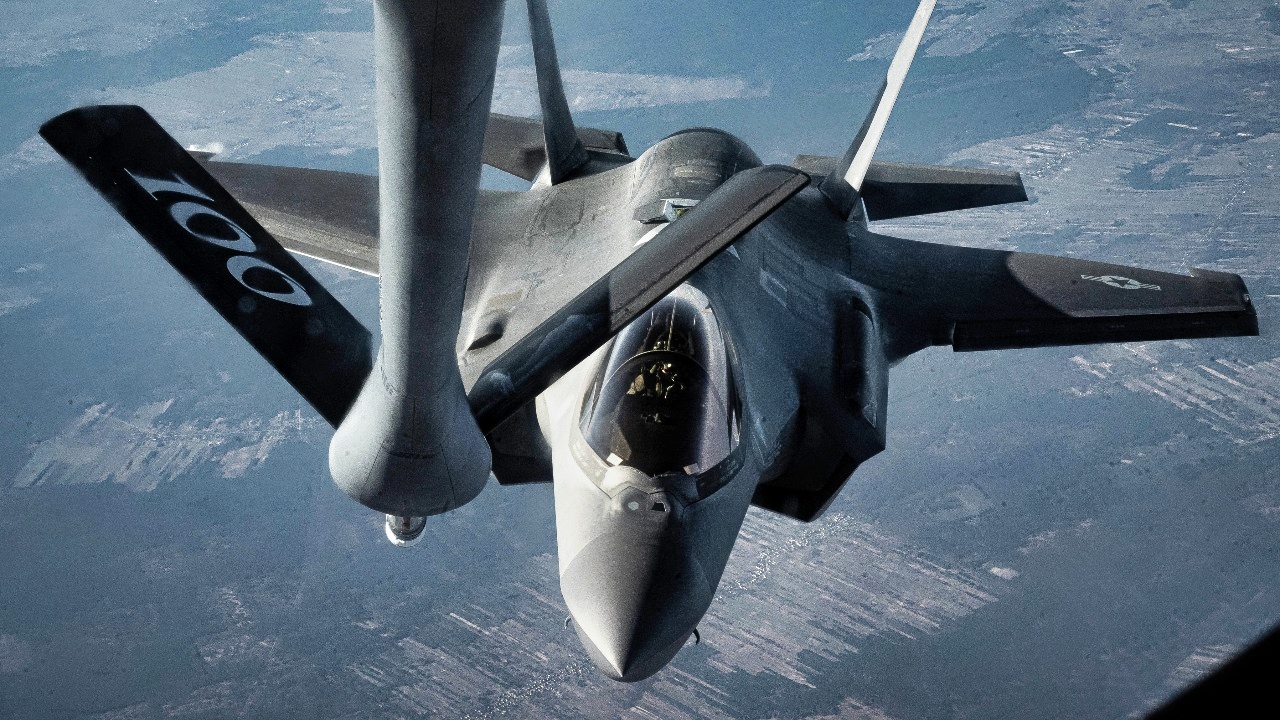Key Points – Canada’s $19 billion agreement for 88 Lockheed Martin F-35 stealth fighters is under serious reconsideration as trade and diplomatic tensions with the US rise.
-Prime Minister Mark Carney’s government, wary of dependence on American-controlled spare parts, is reevaluating alternatives, notably Sweden’s Saab Gripen E, France’s Dassault Rafale, and the multinational sixth-generation Global Combat Air Programme (GCAP).
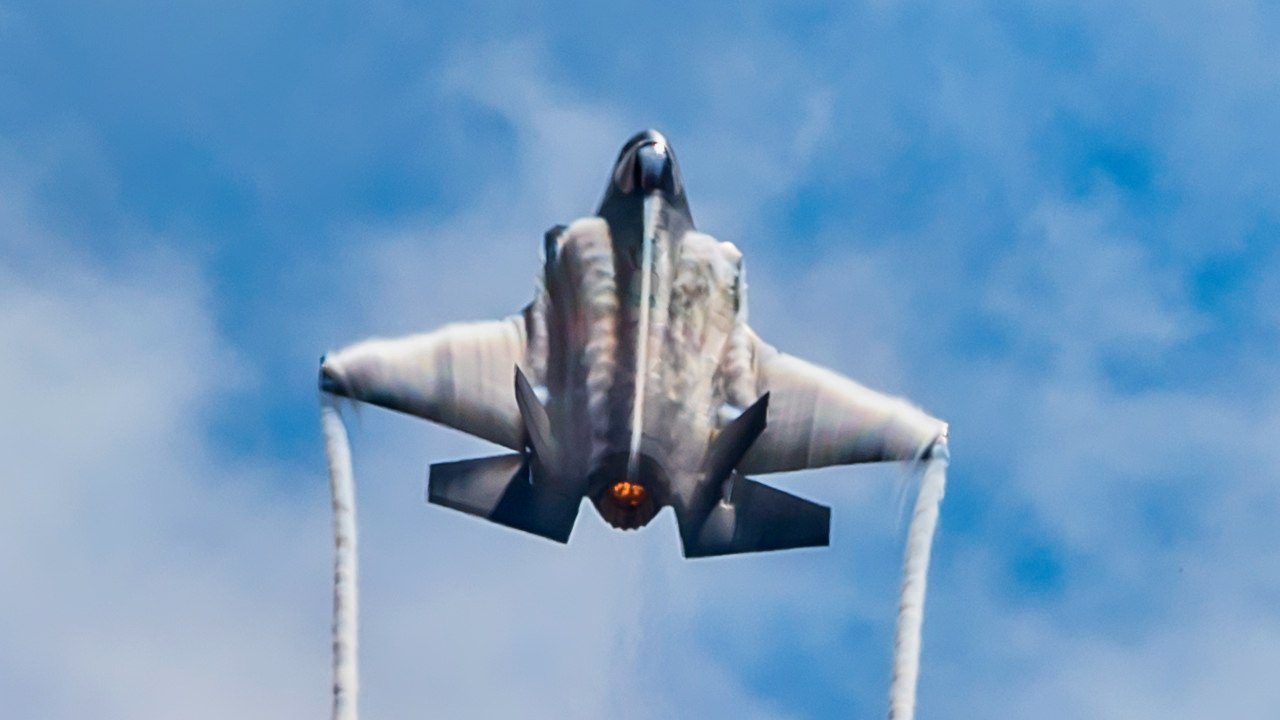
Capt. Andrew “Dojo” Olson, F-35 Demonstration Team pilot and commander performs aerial maneuvers during the Wings Over Houston Airshow Oct. 18, 2019, in Houston, Texas. The show featured performances from the U.S. Air Force Thunderbirds, Tora, Tora, Tora, and Oracle. (U.S. Air Force photo by Senior Airman Alexander Cook)
-Canada has already invested in the initial F-35 units and infrastructure, complicating decisions.
-Still, Ottawa must weigh the F-35’s advanced capabilities against potential geopolitical vulnerabilities.
-Whatever the decision, Canada faces long-term implications for defense independence, industrial benefits, and strategic relations with the US and allies.
The F-35 Problem Canada Can’t Avoid
Canada’s $19 billion agreement to purchase 88 F-35 stealth fighters is under review by Prime Minister Mark Carney’s government, primarily due to escalating trade tensions and sovereignty concerns sparked by the US Trump administration’s rhetoric.
While Canada has paid for the first 16 F-35s and begun infrastructure work, alternatives like Sweden’s Saab Gripen E, the runner-up in the original competition, are being actively reconsidered.
Defense Minister Bill Blair confirmed exploring options, including potential Canadian assembly for a non-US jet. The decision hinges on balancing the F-35’s advanced capabilities against the appeal of greater industrial benefits and reduced dependency on the US.
Canada faces what many analysts consider to be a considerable geopolitical threat: the Pentagon’s hold over F-35 spare parts. U.S. President Donald Trump’s damaging trade war has many in Canada questioning America’s future reliability as a defense partner. What would stop an American president from simply barring the export of spare parts on a whim? The dilemma raises the obvious question of what could replace the F-35, should Canada finally decide to look for an alternative.
Here are a few potential replacements if Canada cuts or cancels its future order of F-35 Lightning IIs.
Global Combat Air Programme (GCAP
The GCAP initiative took off in its current form in 2022. The multi-national effort pools the aerospace know-how and financial resources of the United Kingdom’s BAE Industries, Italy’s Leonardo, and Japan’s Mitsubishi Heavy Industries to develop a sixth-generation fighter that would replace Eurofighter Typhoons and Japanese F-2 jets.
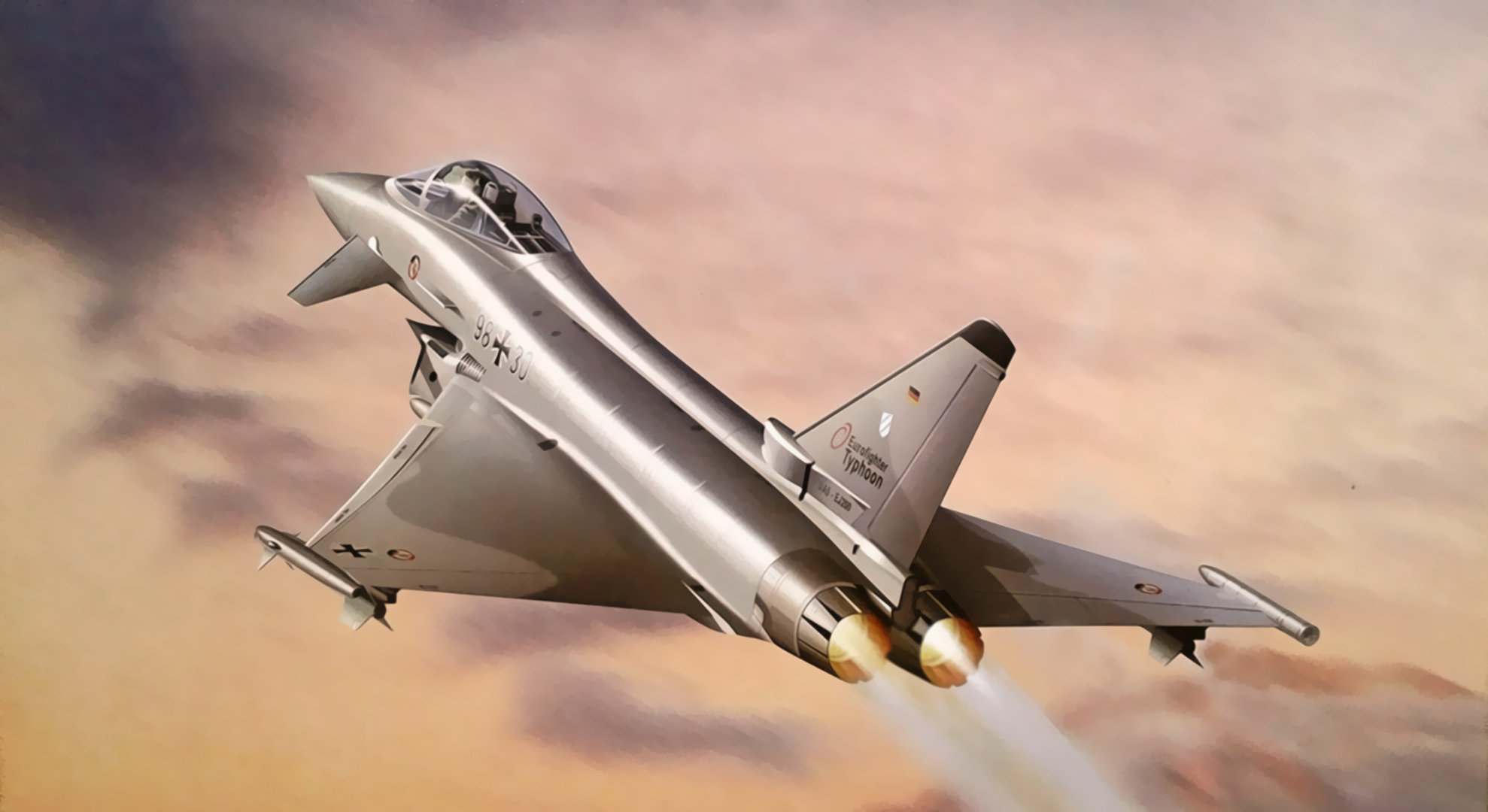
Eurofighter Typhoon. Image Credit: Creative Commons.
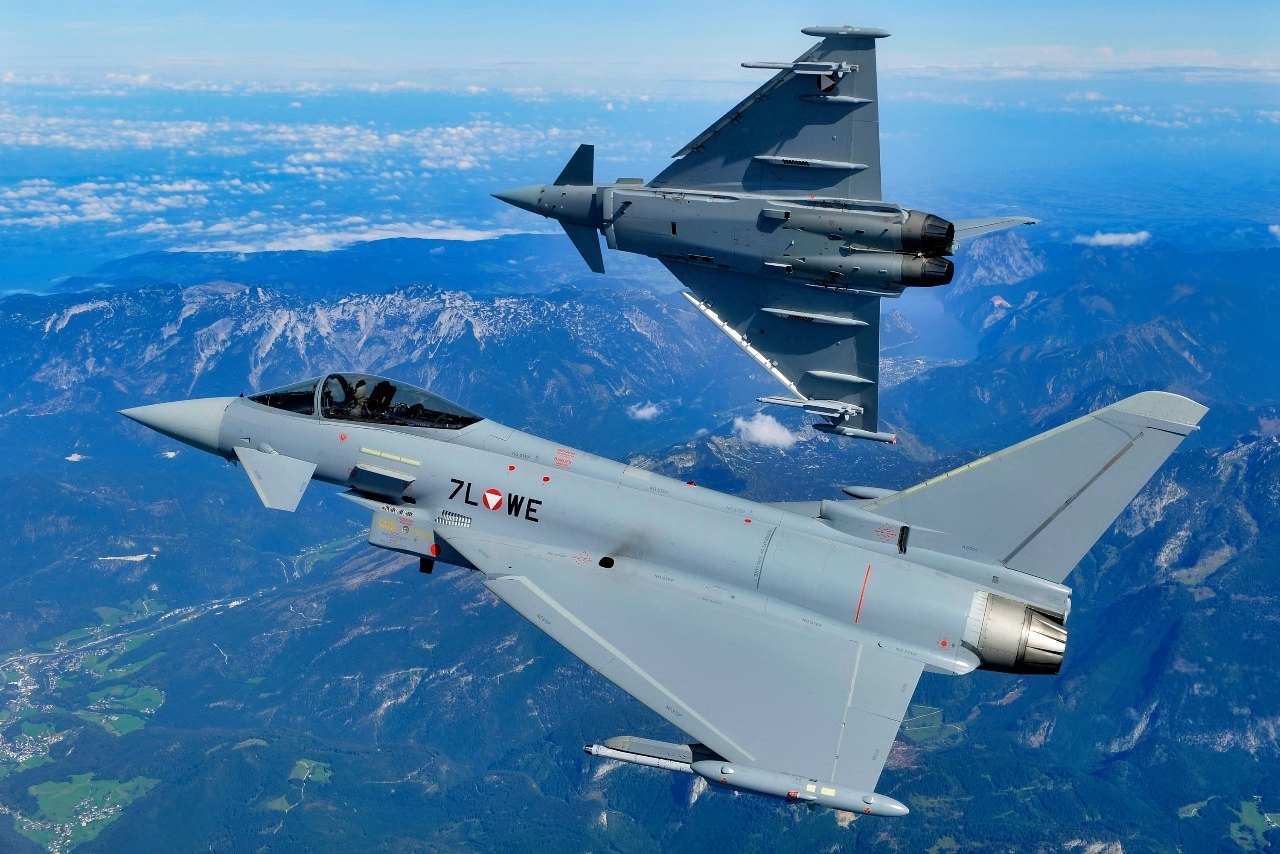
Eurofighter Typhoon. Image Credit: Creative Commons.
To say the project is ambitious is an understatement—it would be a prodigious undertaking. None of the three countries involved has experience building and producing a fifth-generation fighter, let alone a sixth-generation aircraft. However, one potential additional partner has indicated interest in the project, raising the prospect of increasing funding for the jet.
Rumor has it that Saudi Arabia would like to join GCAP. Long one of the world’s biggest importers of arms, particularly from the United States, Riyadh has not been given access to the American-led F-35 fighter, partly because the U.S. seeks to ensure for Israel a qualitative edge over other countries in the Middle East. While Saudi Arabia does not have much of an aerospace industry, the country could open its deep coffers to help fund the project’s significant costs. Though the GCAP is still years away from becoming a reality, it could eventually provide a formidable sixth-generation platform.
Dassault Rafale
The French Rafale jet was tailor-made to the specifications of the French military and plays a crucial role within that country’s air force.
Delivered both in single- and two-seat variants, the Rafale M is made for operations off French carriers. To that end, marinized components are able to resist the harsh, corrosive environment inherent to naval operations.
The Rafale M also has a reinforced airframe to better cope with the high stresses placed on it by carrier-based flight. It is, consequently, heavier than its land-based counterparts. The jet is the only foreign aircraft qualified for operations from U.S. Navy aircraft carriers.
The role the jet plays in the French nuclear deterrent is significant, as some Rafales are reserved specifically for nuclear strikes. To that end, those Rafales are able to carry France’s ASMP-A (Air-Sol Moyenne Portée – Amélioré), an air-to-surface missile tipped with a nuclear payload. The supersonic weapon, shot from stand-off ranges, gives Paris a flexible alternative to the submarine-launched ballistic missiles in service with the French Navy.
Saab Gripen E: F-35 Replacement?
Though outwardly similar to the Rafale, the Gripen is a smaller, single-engine jet that does not fly from aircraft carriers. Instead, it is most comfortable on the remote, austere air bases sprinkled throughout Sweden.
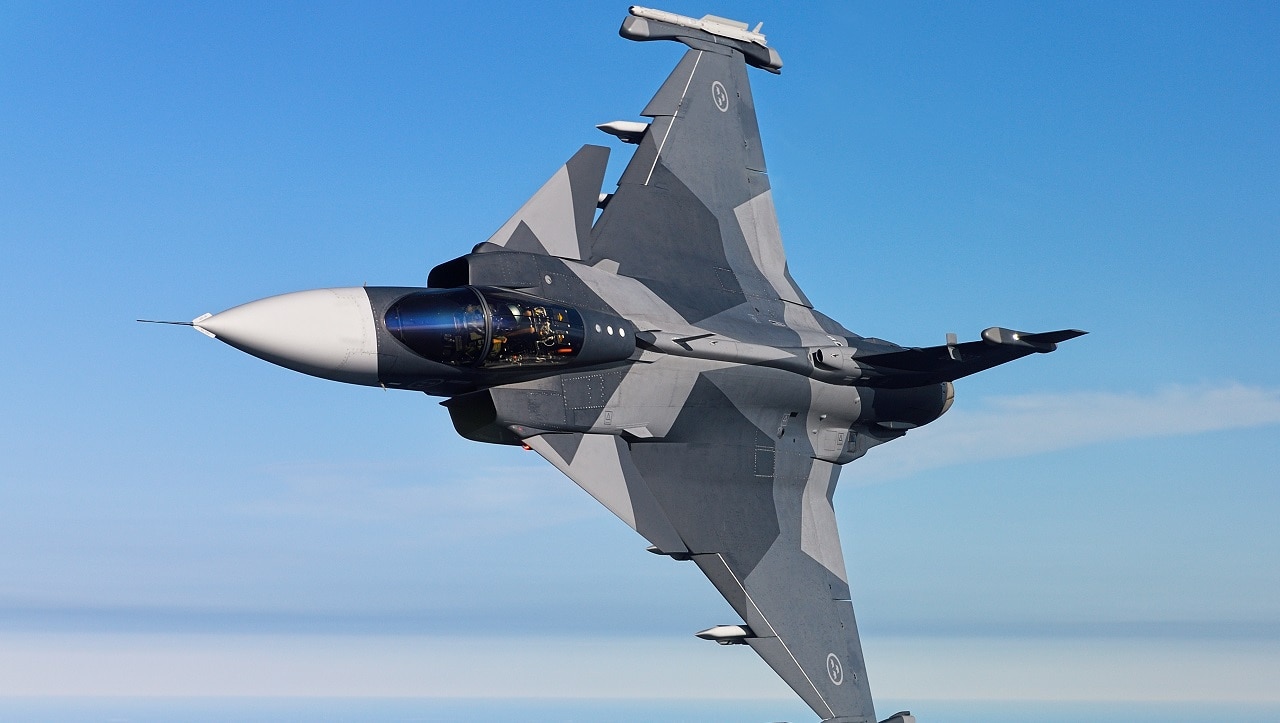
Saab Gripen E. Image Credit: Creative Commons.
Rather than crowding air assets onto a small number of concentrated air bases, the Swedes instead opted for a dispersed deployment that fits their greater military strategy well. Sweden relies heavily on conscripts to fill out the ranks, and the Gripen E’s simplicity allows relatively green conscripts to get the jet off the ground.
Cheap to fly, robust, and relatively simple, the Gripen E has proven to be an export success for Saab, though questions persist about the jet’s ability to survive in a future threat environment filled with fifth- and sixth-generation aircraft.
A Korean Contender?
South Korea’s KF-21 is a promising fighter that, in its current design, bridges the divide between fourth- and fifth-generation aircraft. Though the jet does have several fifth-generation features, including a stealthily contoured fuselage and canted V-tail, the jet’s radar-absorbent coatings have not been extended to cover the entire airframe.
Additionally, the jet’s munitions are carried on underwing pylons, significantly diminishing the jet’s ability to evade enemy radar.
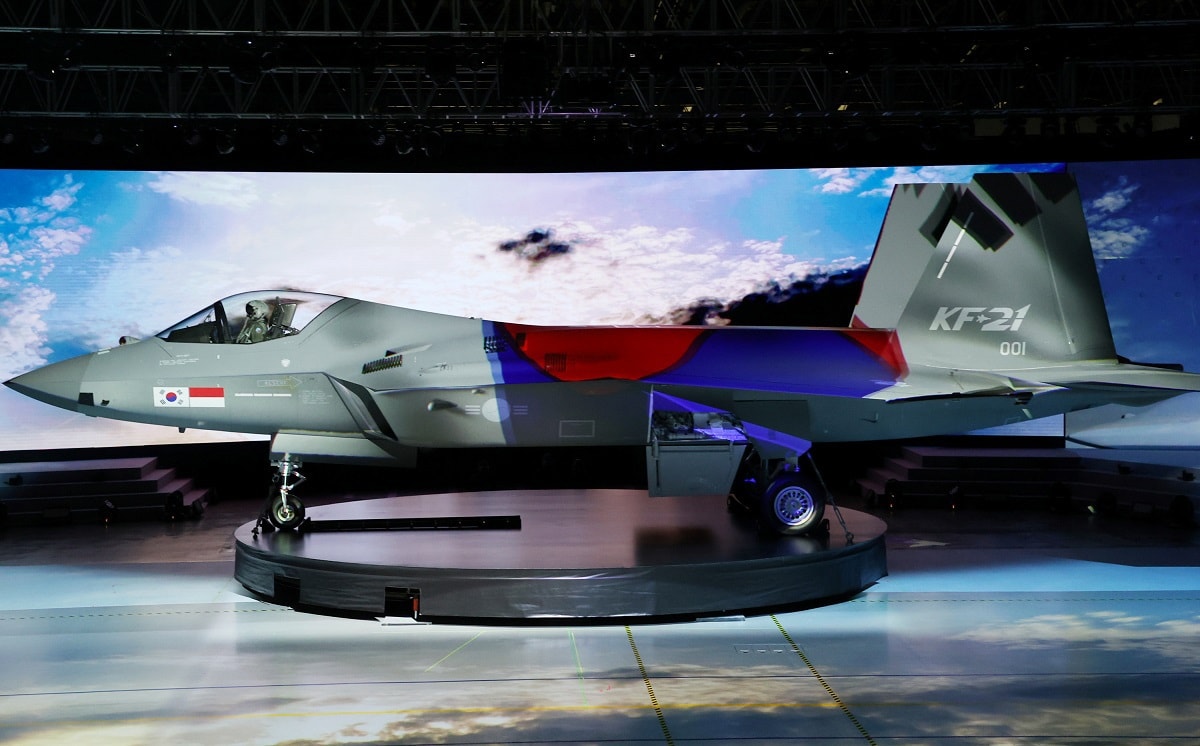
Image Credit: Media Handout.
In the future, KAI, its builder, has affirmed that more mature variants of the KF-21 will have radar-absorbent coating covering the entirety of the airframe, and weapons will be carried internally. Fielding a viable alternative to the F-35 would be a tall order, however. Lockheed Martin has a head start of several decades.
What Will Canada Do on F-35?
With sixth-generation jets such as the U.S. Air Force’s F-47 coming online in the relatively near future, the continued viability of non-stealthy, fourth-generation jets like the Gripen E, Dassault’s Rafale, or others is debatable. However, the GCAP program does hold some promise. But bringing more countries into that project risks making the jet more complex and less useful.
Ottawa’s next move relative to the F-35 remains to be seen.
About the Author: Caleb Larson
Caleb Larson is an American multiformat journalist based in Berlin, Germany. His work covers the intersection of conflict and society, focusing on American foreign policy and European security. He has reported from Germany, Russia, and the United States. Most recently, he covered the war in Ukraine, reporting extensively on the war’s shifting battle lines from Donbas and writing on the war’s civilian and humanitarian toll. Previously, he worked as a Defense Reporter for POLITICO Europe. You can follow his latest work on X.

